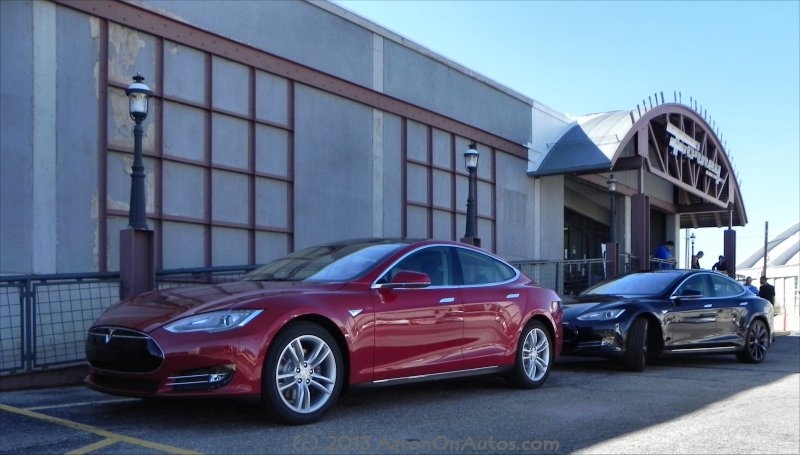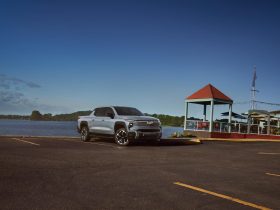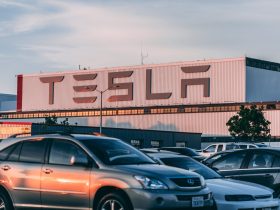The U.S. National Transportation Safety Board has finalized its investigation into the fatal crash involving a big rig truck and a Tesla Model S on Autopilot that happened in May, 2016 in Florida. The results are more interesting for their findings regarding automation and how it’s misused than they are for laying blame or finding fault.
According to the NTSB, the wreck happened as follows:
- The Tesla driver had been using the Model S’ Autopilot feature excessively and was using it in a situation for which it was not designed. The driver was paying no attention to the road or driving conditions at all (so far as could be determined).
- The Autopilot feature on the Model S had warned the driver multiple times regarding his inattention. The warnings were ignored and the Tesla system was not programmed to take measures to force the driver’s attention to stop the vehicle.
- The driver of the big rig was not distracted, insofar as the NTSB investigation could find, but had ingested marijuana at some point before driving. How long before or to what level of impairment is unknown, but driving history did not indicate severe impairment was involved in this wreck.
- The big rig driver failed to yield right-of-way to the Tesla.
- The Tesla’s Autopilot and its sensors were not programmed or capable of detecting the big rig or anticipating the collision and thus took no measures to stop it.
- At the point of collision, the driver of the Tesla Model S was killed by injuries sustained in the collision and did not have any prior medical conditions that could have explained inattention on the road.
As a result of this investigation, the NTSB issued several recommendations to various entities and agencies regarding rules changes or recommendation updates. Tesla, for their part, participated in the NTSB’s investigation and made changes to the Autopilot’s inattention warning system prior to the conclusion of the NTSB’s investigation. Tesla has also changed marketing materials surrounding the Autopilot system to more clearly indicate its intended use and limitations.
An abstract of the NTSB’s findings, along with links to the full hearing and final report, can be found here.







